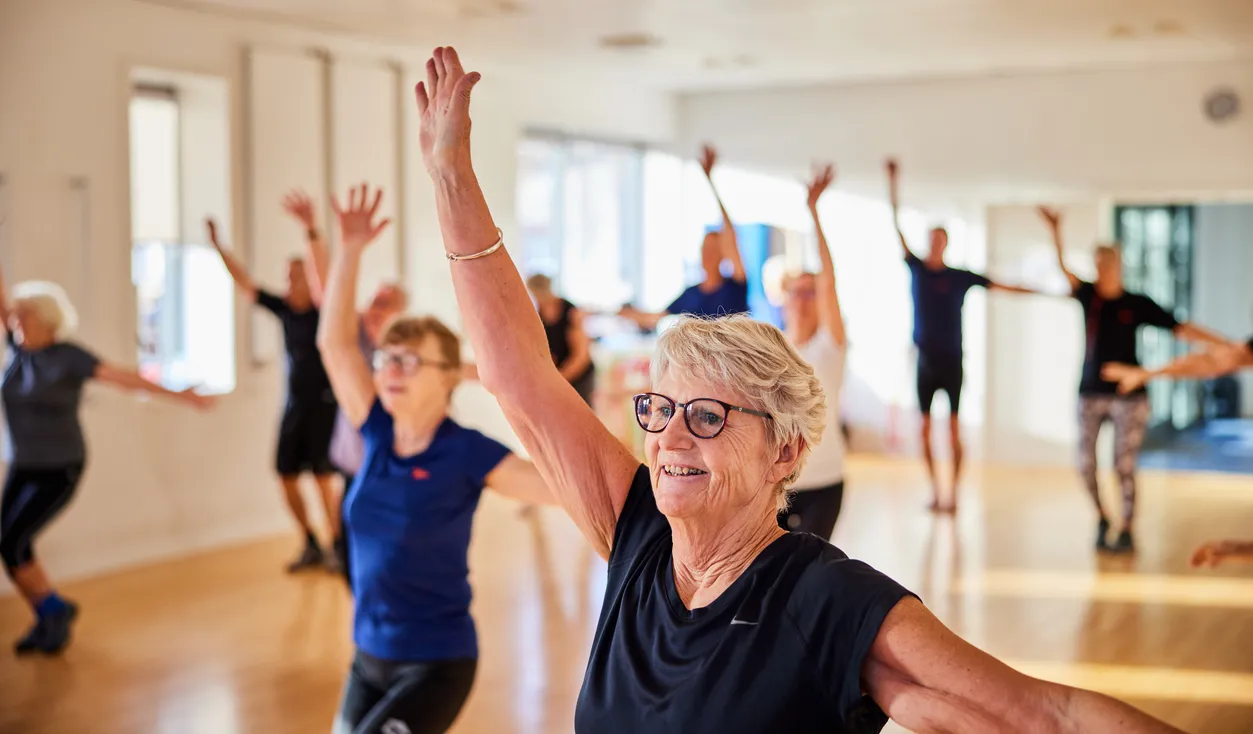
As we age, embracing an active lifestyle becomes a cornerstone for sustaining our health and vitality. The golden years should be a time of exploration and enjoyment, a period in life where maintaining an active routine can significantly contribute to longevity and enhance the quality of life. For seniors, engaging in physical activity is not just about adding years to life but adding life to years, ensuring those years are filled with joy, independence, and wellness.
The Importance of Physical Activity for Seniors
Physical and mental health are deeply interconnected, and for seniors, regular physical activity is a key player in preserving both. Engaging in regular exercise can lead to remarkable improvements in cardiovascular health, flexibility, and muscle strength, which are essential for maintaining mobility and independence. Moreover, the mental health benefits are equally compelling; regular physical activity can reduce the risk of experiencing depression and anxiety, enhance sleep quality, and even slow the progression of cognitive decline. It’s a holistic approach to senior health and wellness that supports both the body and the mind.
The impact of physical activity on longevity cannot be overstated. Studies have consistently shown that seniors who engage in regular physical activity have a lower risk of mortality compared to their inactive peers. More than just extending life, exercise improves the quality of those extra years by enabling seniors to enjoy their daily activities, engage with their senior living community, and maintain their independence. This engagement with life and movement ensures that each day is lived to the fullest.
Types of Physical Activities Recommended for Seniors
When it comes to exercise, one size does not fit all, especially in our senior years. Low-impact exercises are particularly beneficial as they minimize the risk of injury and are easier on the joints. Walking, for example, is an excellent form of cardiovascular exercise that can be adjusted in intensity and duration to fit an individual’s fitness level. Swimming and water aerobics offer buoyancy that helps reduce stress on the body, making them ideal for seniors seeking to improve their strength and flexibility without overburdening their joints. Yoga, with its emphasis on balance and flexibility, can also be adapted to suit various fitness levels, offering both physical and mental benefits through its meditative components.
In addition to low-impact aerobic activities, strength training, and balance exercises play a crucial role in senior wellness. These activities help combat the loss of muscle mass and bone density that can occur with aging, reducing the risk of falls and fractures. Simple exercises using light weights or even body weight can significantly improve strength, and balance exercises such as tai chi can enhance stability and coordination. Together, these forms of exercise ensure a comprehensive approach to maintaining functional fitness and autonomy in daily tasks.
Overcoming Barriers to Physical Activity in Seniors
One of the major challenges facing seniors when it comes to physical activity is dealing with physical limitations and safety concerns. It’s natural for our bodies to change as we age, but these changes shouldn’t prevent us from staying active. Consulting with healthcare providers before starting any new exercise program is crucial to ensure the safety and appropriateness of the activities chosen. Starting slowly and using assistive devices when necessary can also help seniors ease into a more active lifestyle without risking injury.
Motivation can be another significant barrier to maintaining regular physical activity. However, the support of friends and family can provide the encouragement needed to stay active. Joining group exercise classes or engaging in community walks can offer a sense of camaraderie and accountability, making physical activity a more enjoyable and social experience. Recognizing the achievements made, no matter how small, can also serve as a powerful motivator to continue striving towards a healthier, more active lifestyle.
Implementing a Sustainable Exercise Routine
Creating a sustainable exercise routine requires setting realistic goals that align with one’s health status and lifestyle preferences. For seniors, this means identifying activities that are both enjoyable and physically suitable, ensuring a higher likelihood of adherence over time. Establishing achievable milestones can foster a sense of accomplishment, encouraging continued engagement with physical activities. It’s vital to start with modest goals, gradually increasing the duration and intensity of exercise sessions to avoid overexertion and the risk of injury.
Monitoring progress is a critical component of a successful exercise routine. Keeping a simple journal or using digital tools to track activities can help seniors see the tangible benefits of their efforts over time. This record-keeping serves not only as a motivational tool but also as a way to identify when adjustments are needed. Listening to one’s body is paramount; if an activity becomes too strenuous or if new health issues arise, it may be necessary to modify the exercise plan. Regular check-ins with healthcare professionals can provide guidance tailored to individual needs, ensuring that the exercise routine remains safe and effective.
A Path to Enhanced Wellness and Longevity
The journey towards enhanced wellness and longevity through physical activity is a rewarding one for seniors. By incorporating a variety of low-impact exercises, strength training, and balance activities into their daily routines, seniors can significantly improve their physical and mental health. Overcoming barriers to physical activity, such as physical limitations and lack of motivation, is key to maintaining an active lifestyle. With the right support and a personalized approach, seniors can enjoy the numerous benefits that come from staying active.
Engaging in regular physical activity is not just about managing health conditions or extending life expectancy; it’s about enriching the quality of life, fostering independence, and embracing the joy of movement. By setting realistic goals, monitoring progress, and adjusting activities as needed, seniors can build a sustainable exercise routine that supports their health and wellness goals.
Welcoming an active lifestyle opens the door to a vibrant, fulfilling senior living experience. It empowers seniors to live their best lives, filled with energy, strength, and confidence. As we look to the future, let us remember that physical activity is a key pillar of senior wellness, offering a pathway to a healthier, happier, and more independent life.
About Welbrook Senior Living
At Welbrook Memory Care in Santa Monica, California, we’re dedicated to supporting the wellness and vitality of our residents through a holistic approach that includes physical activity. Our community is built around the belief that every individual deserves to live a full, vibrant life, no matter their age or cognitive condition. We invite you to learn more about how we integrate wellness into every aspect of our care and the vibrant lifestyle our residents enjoy.

